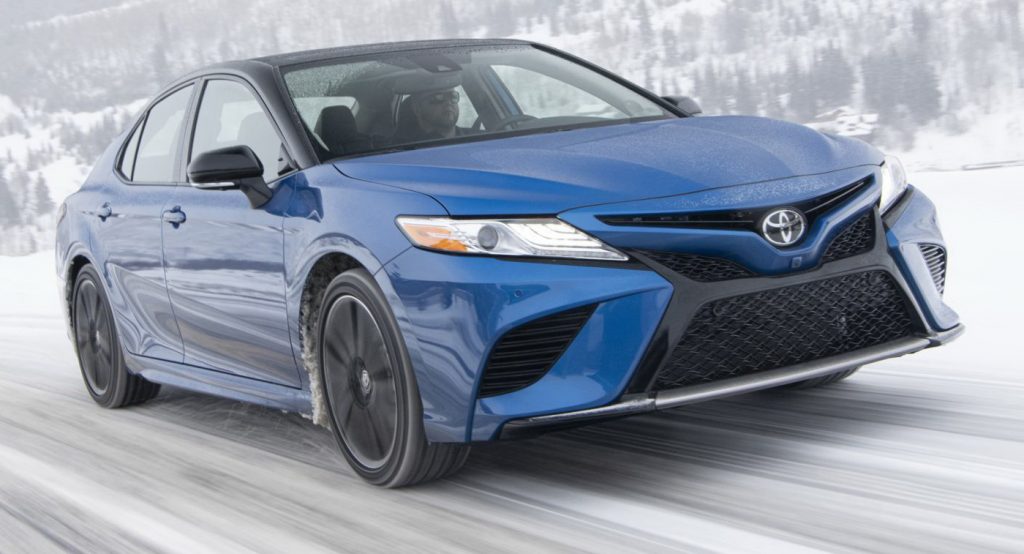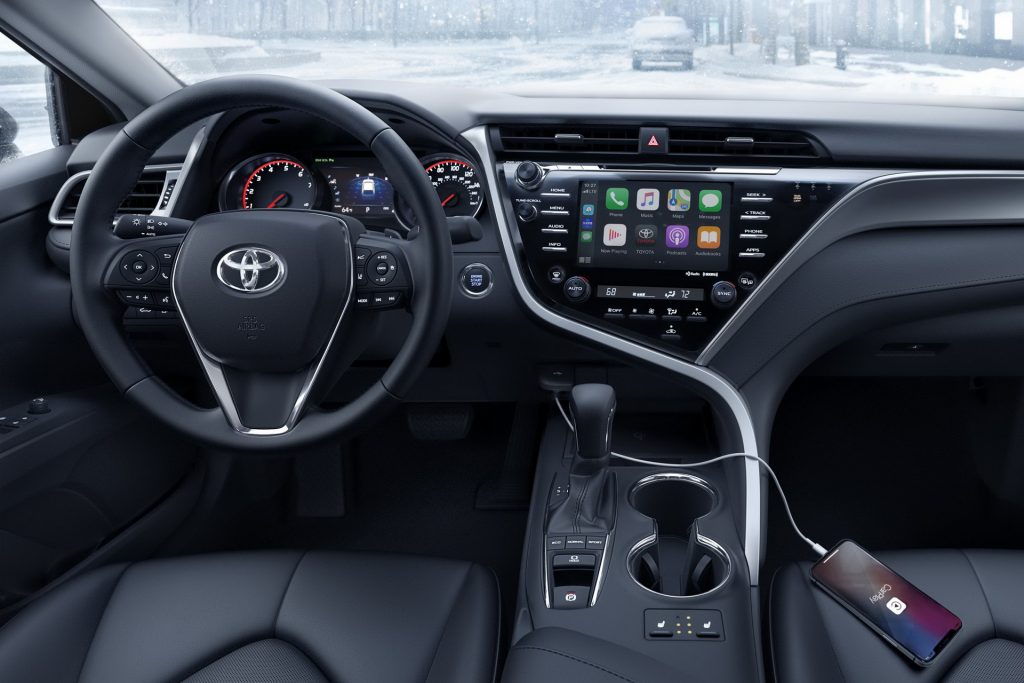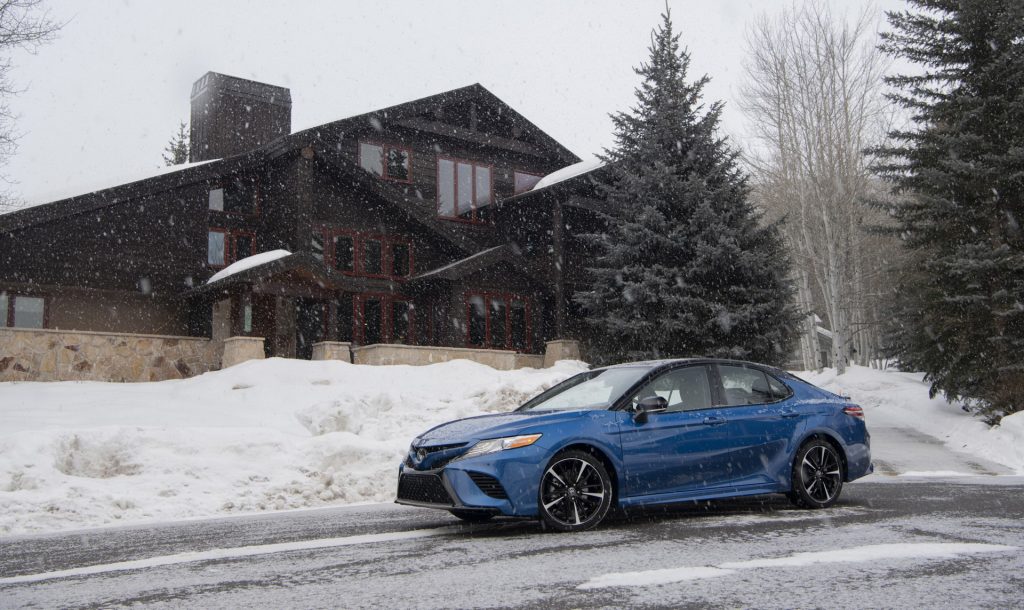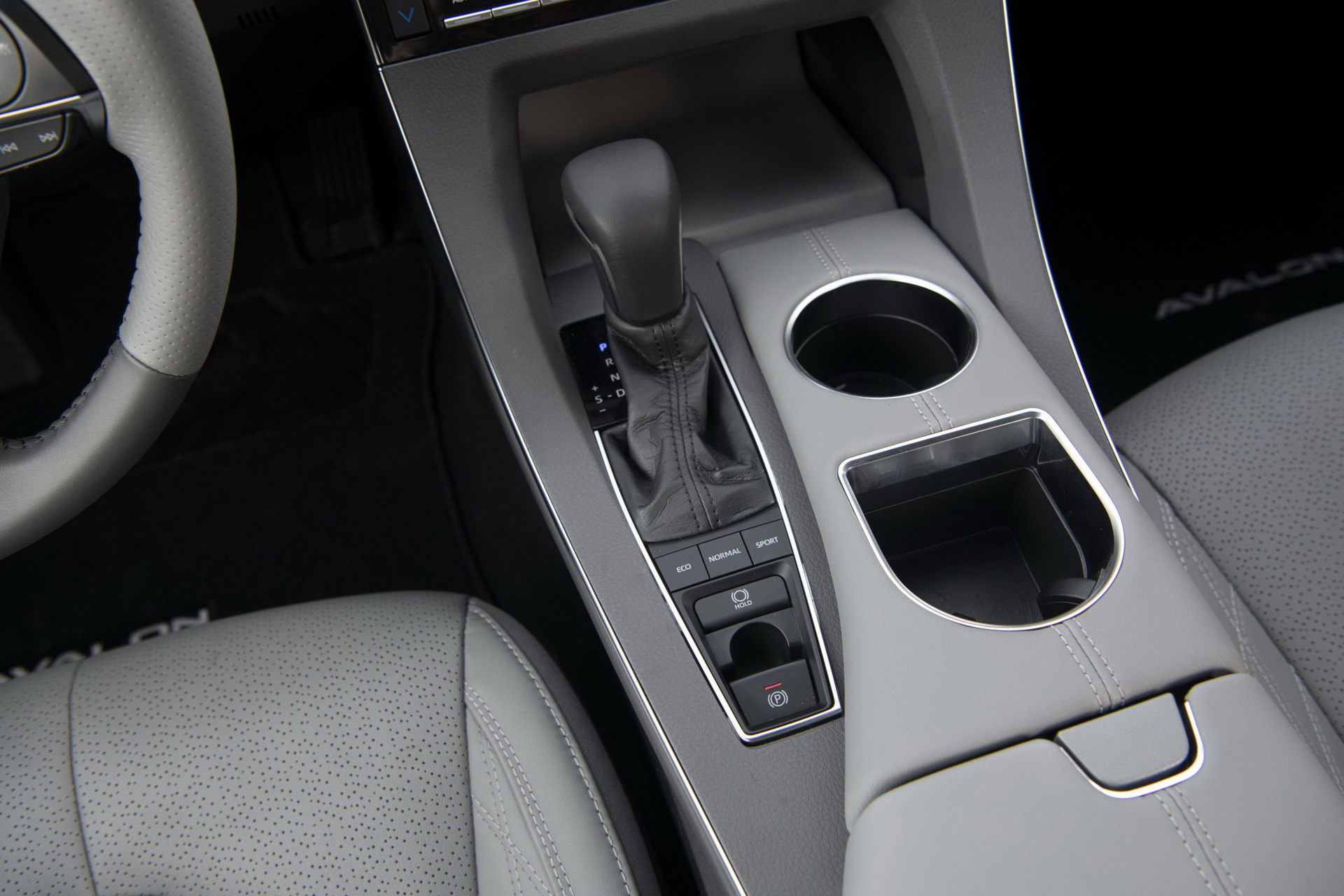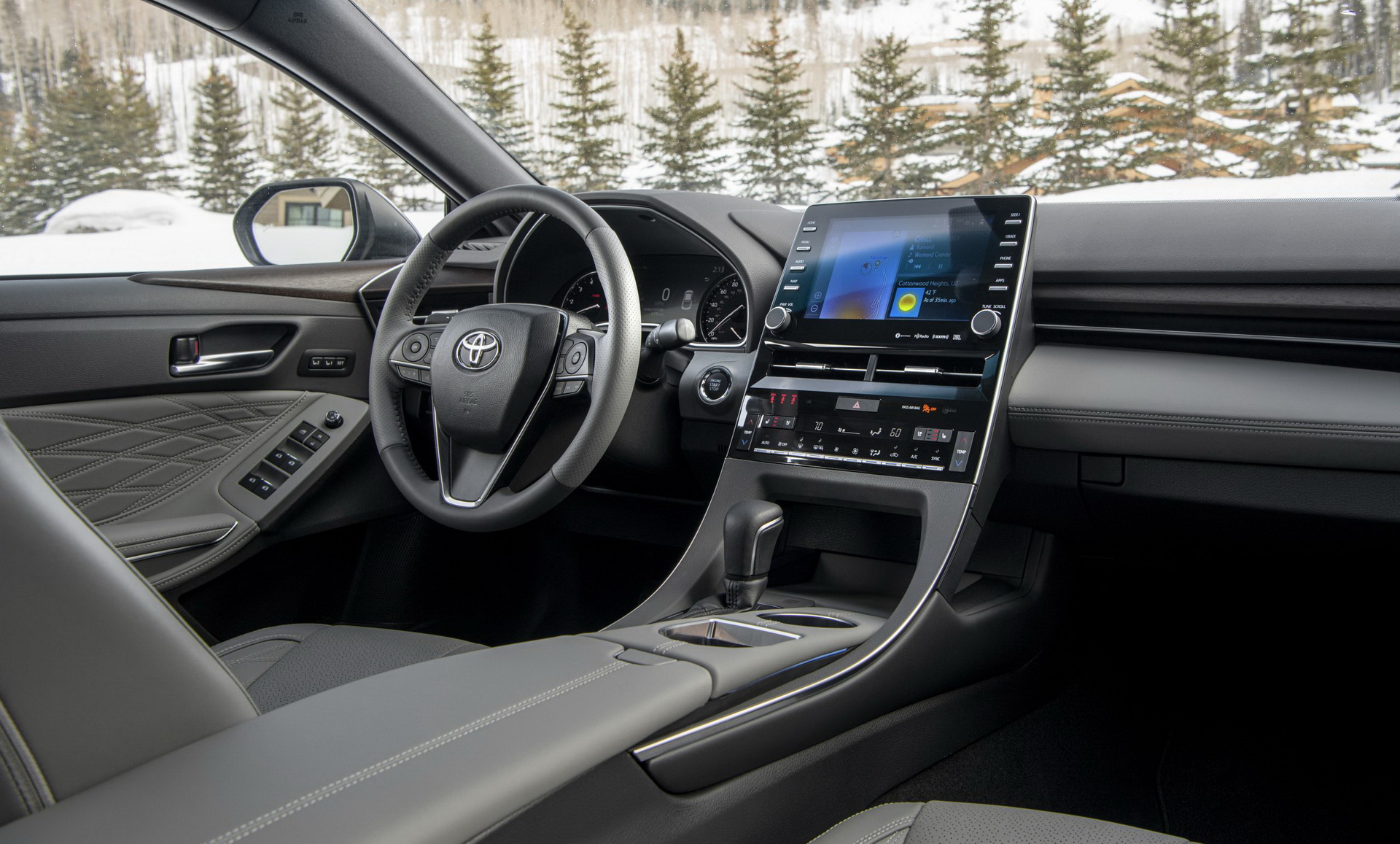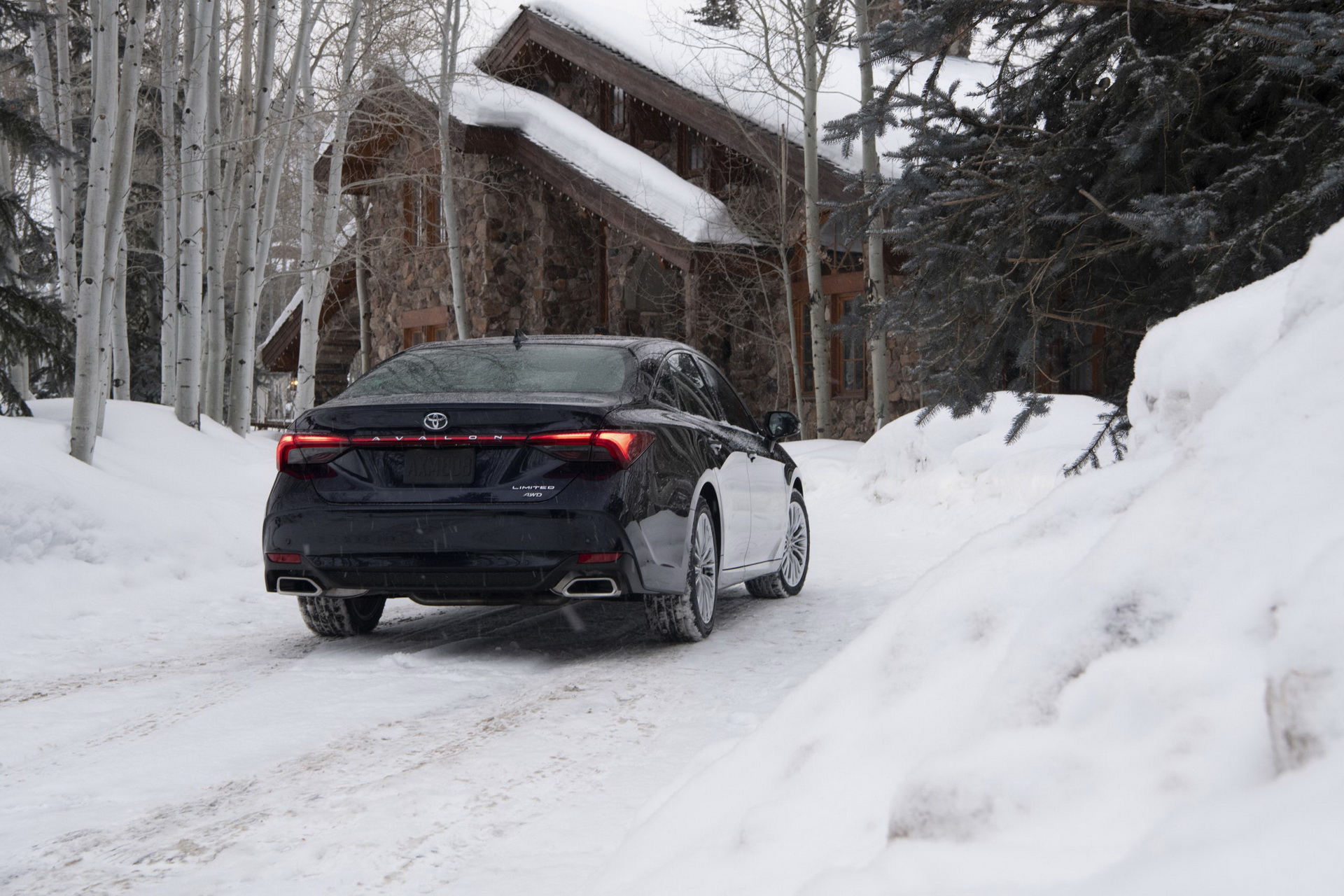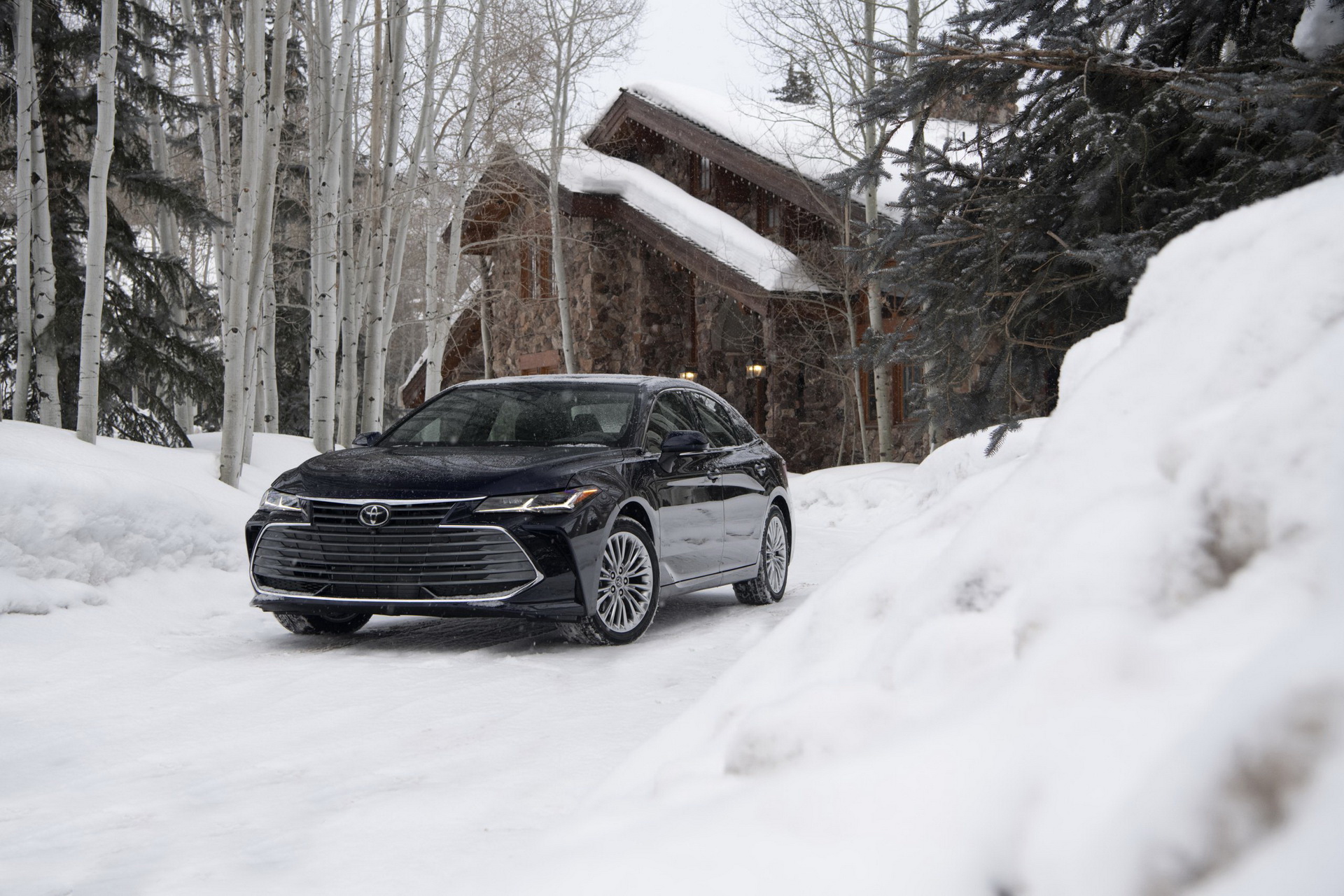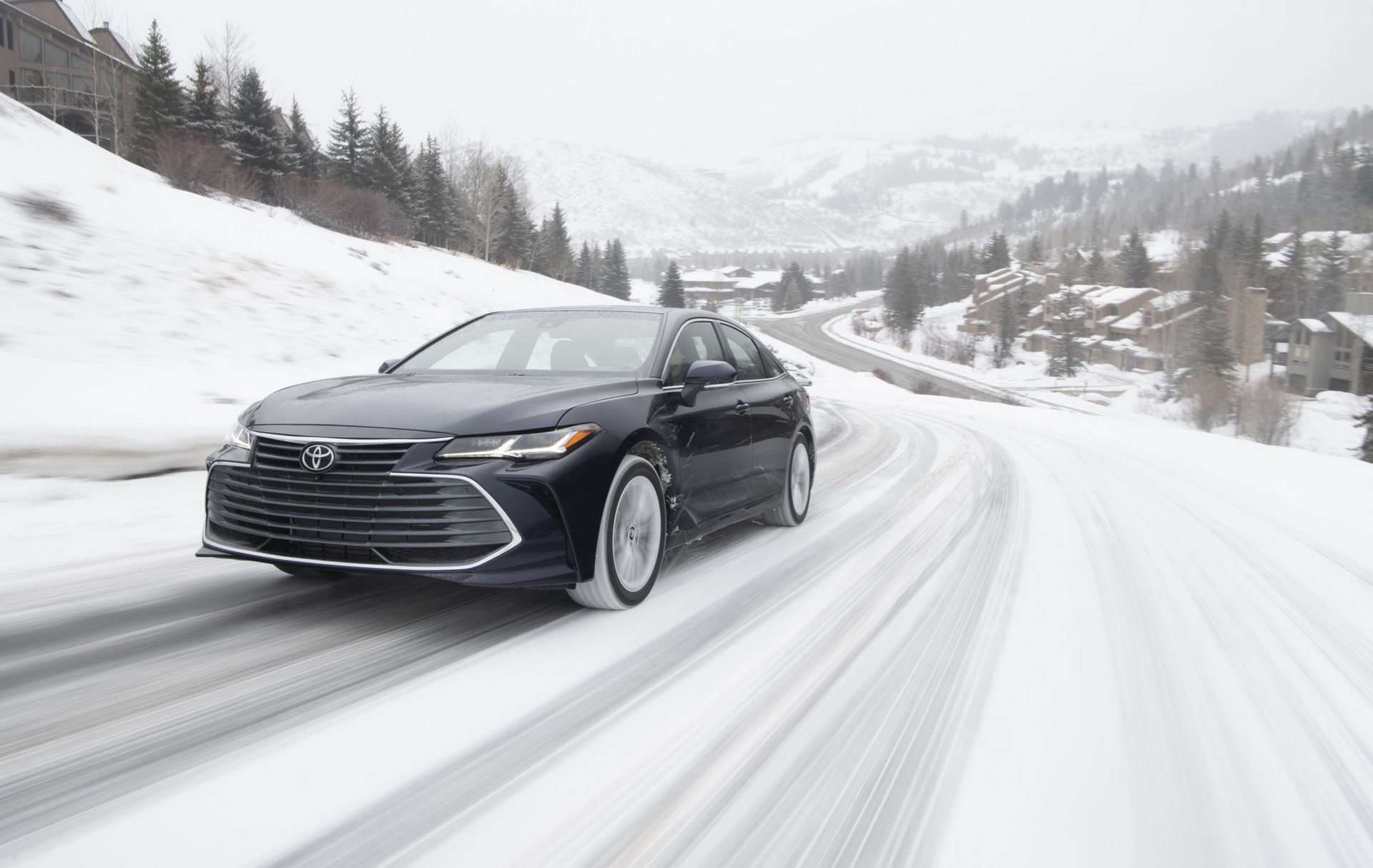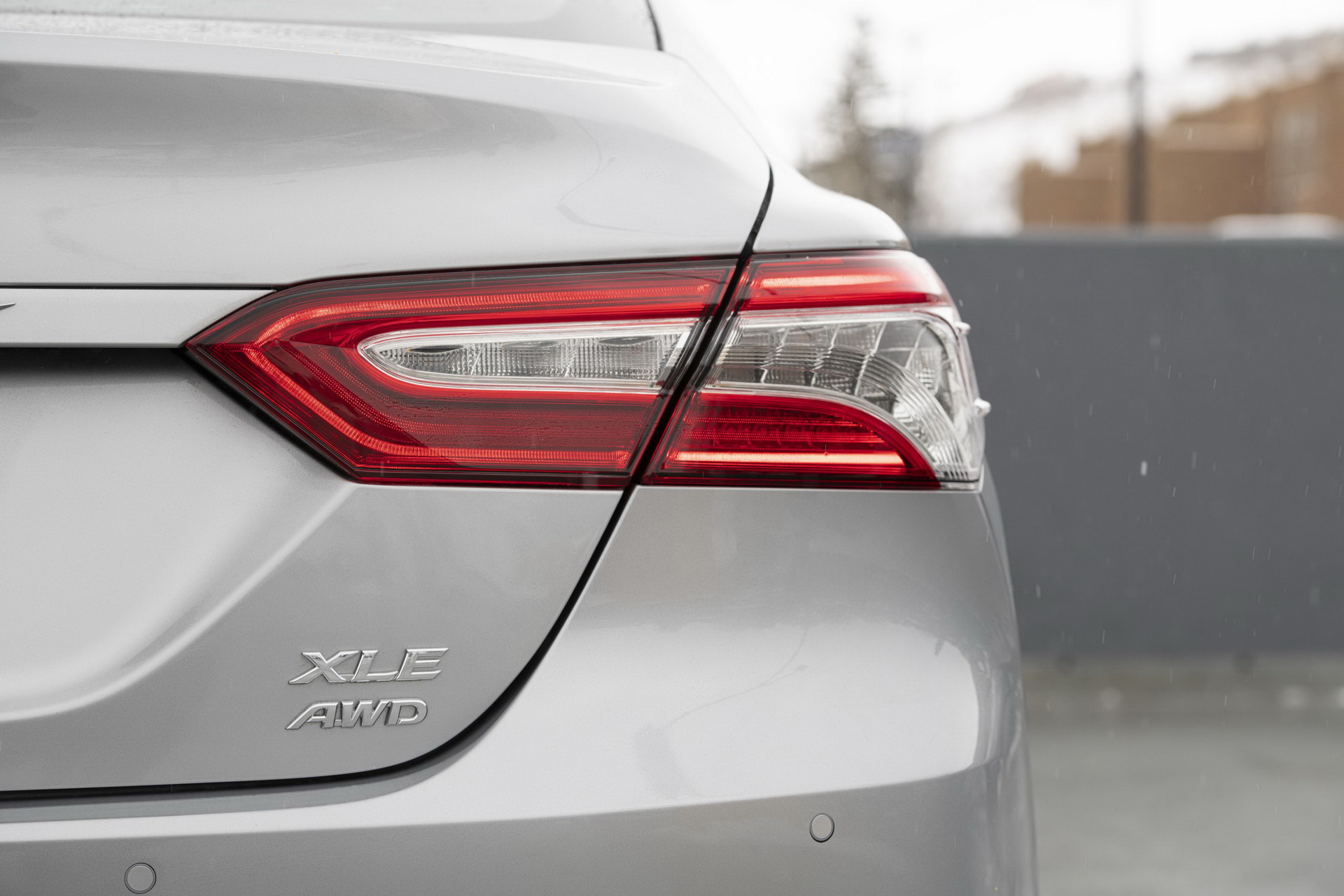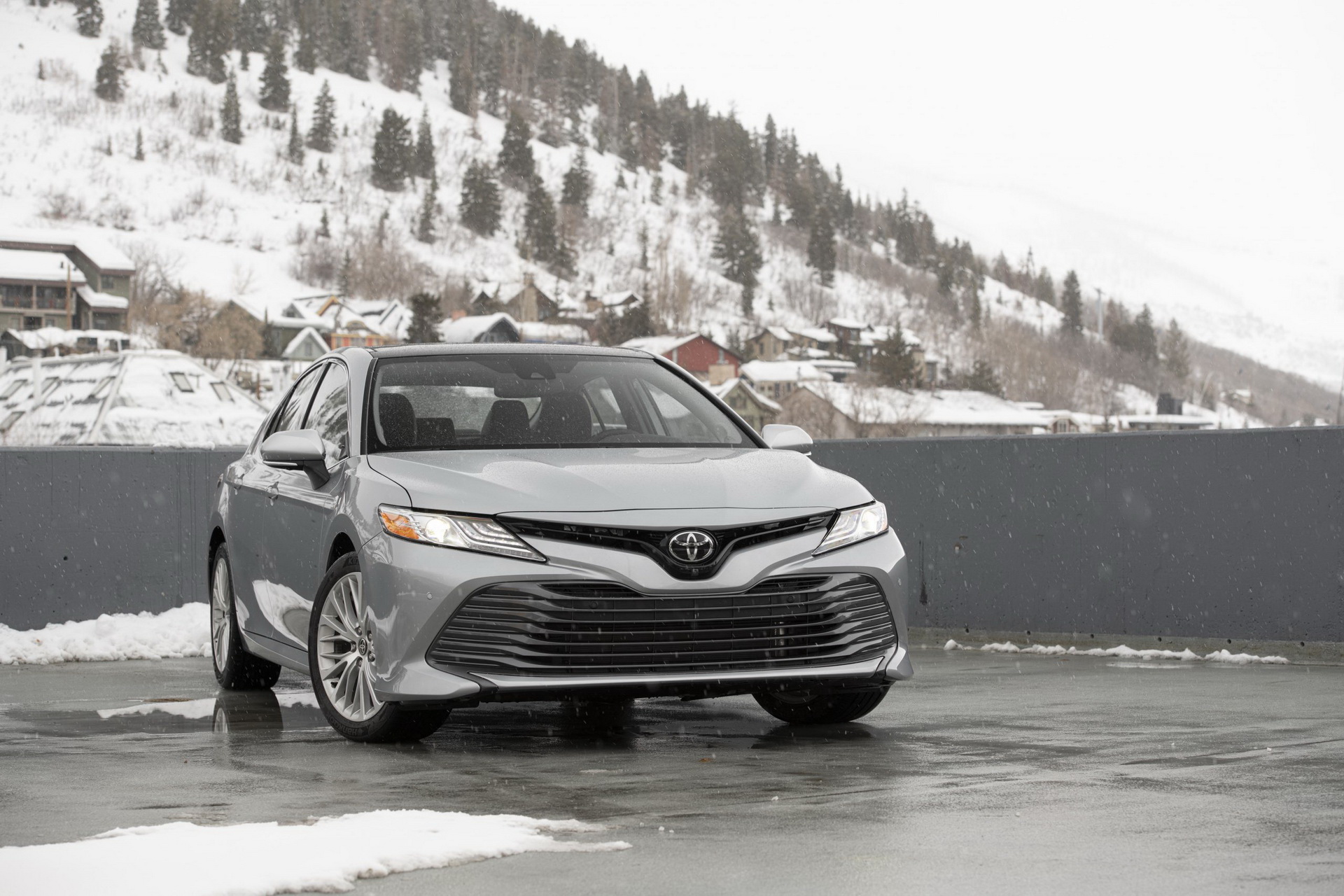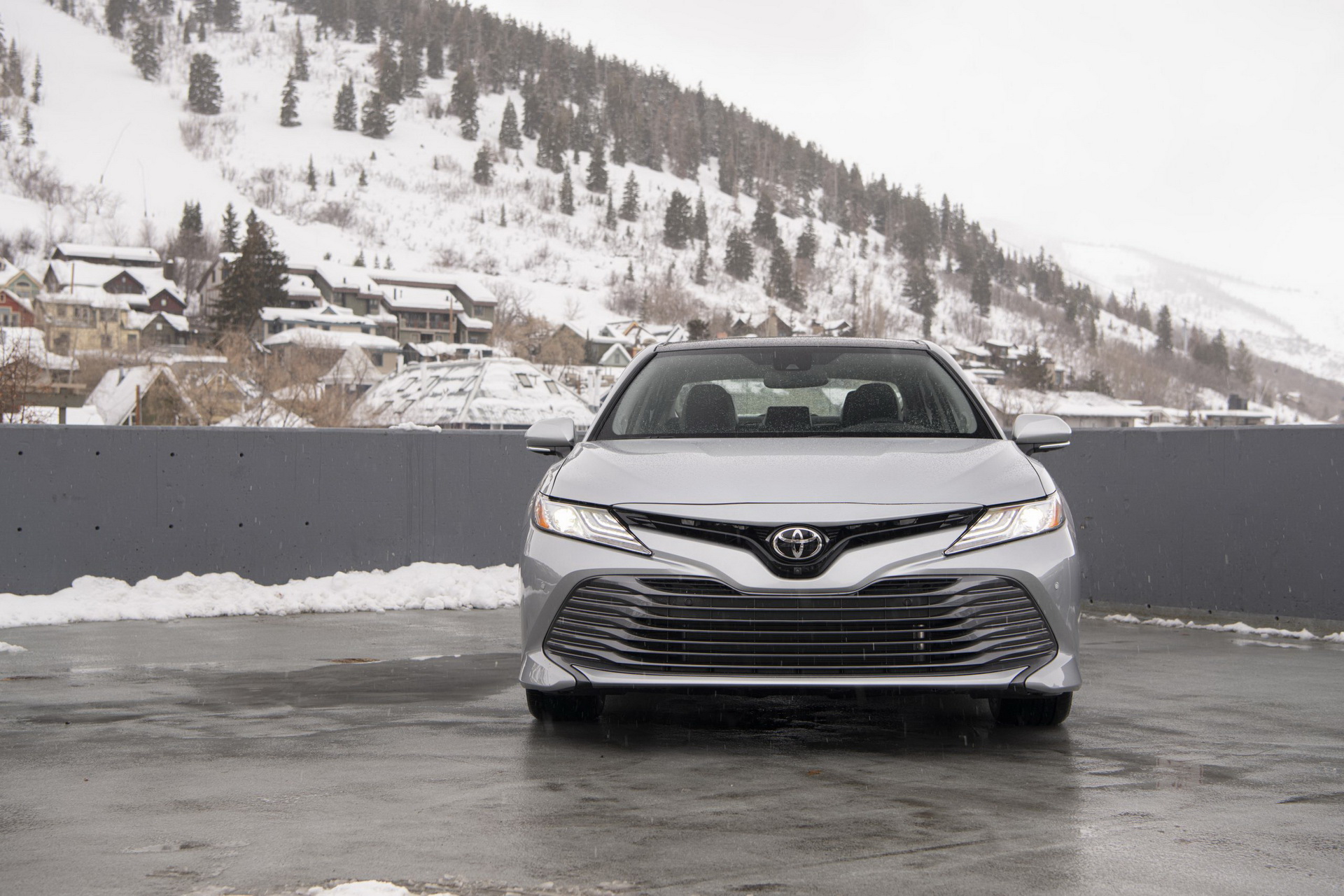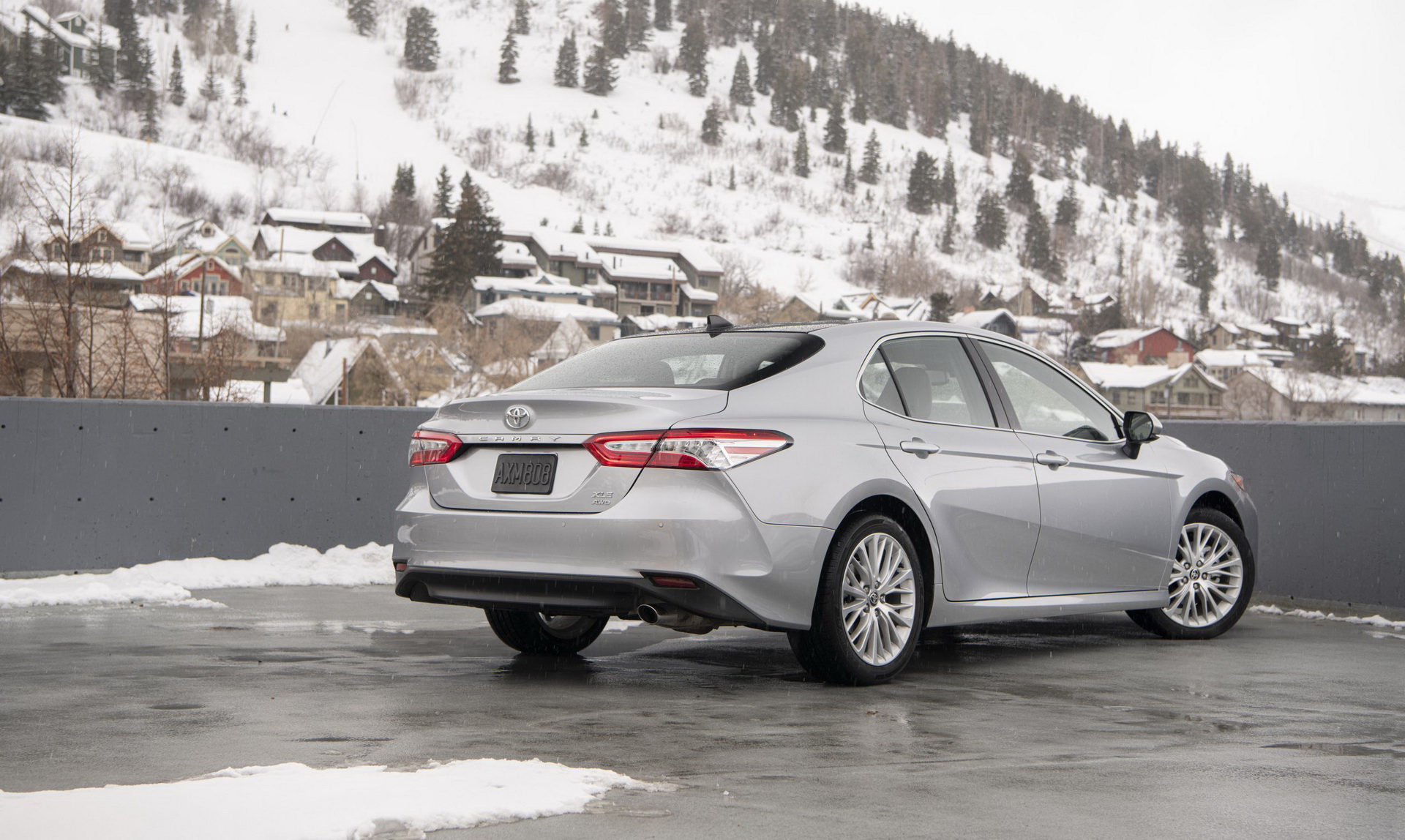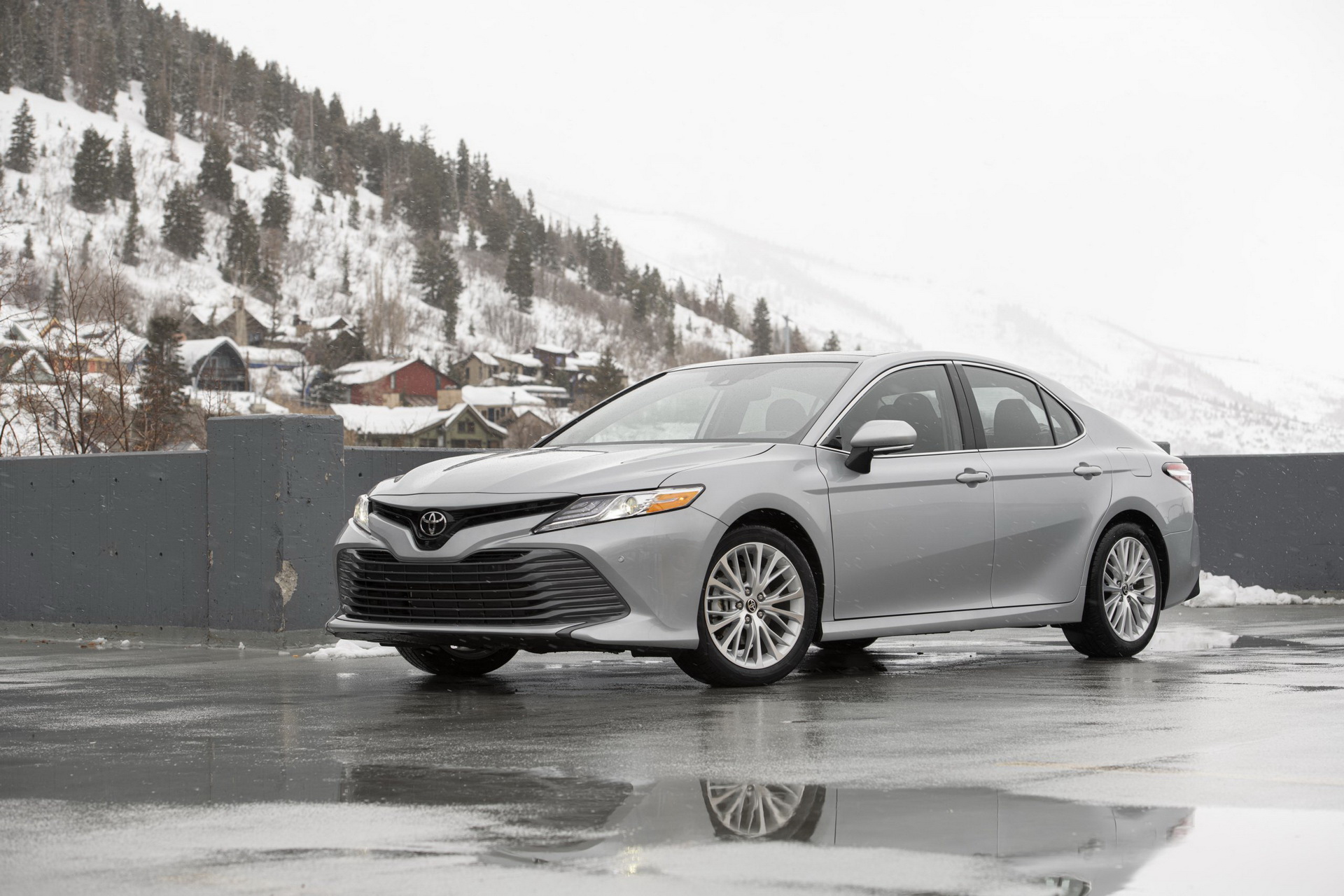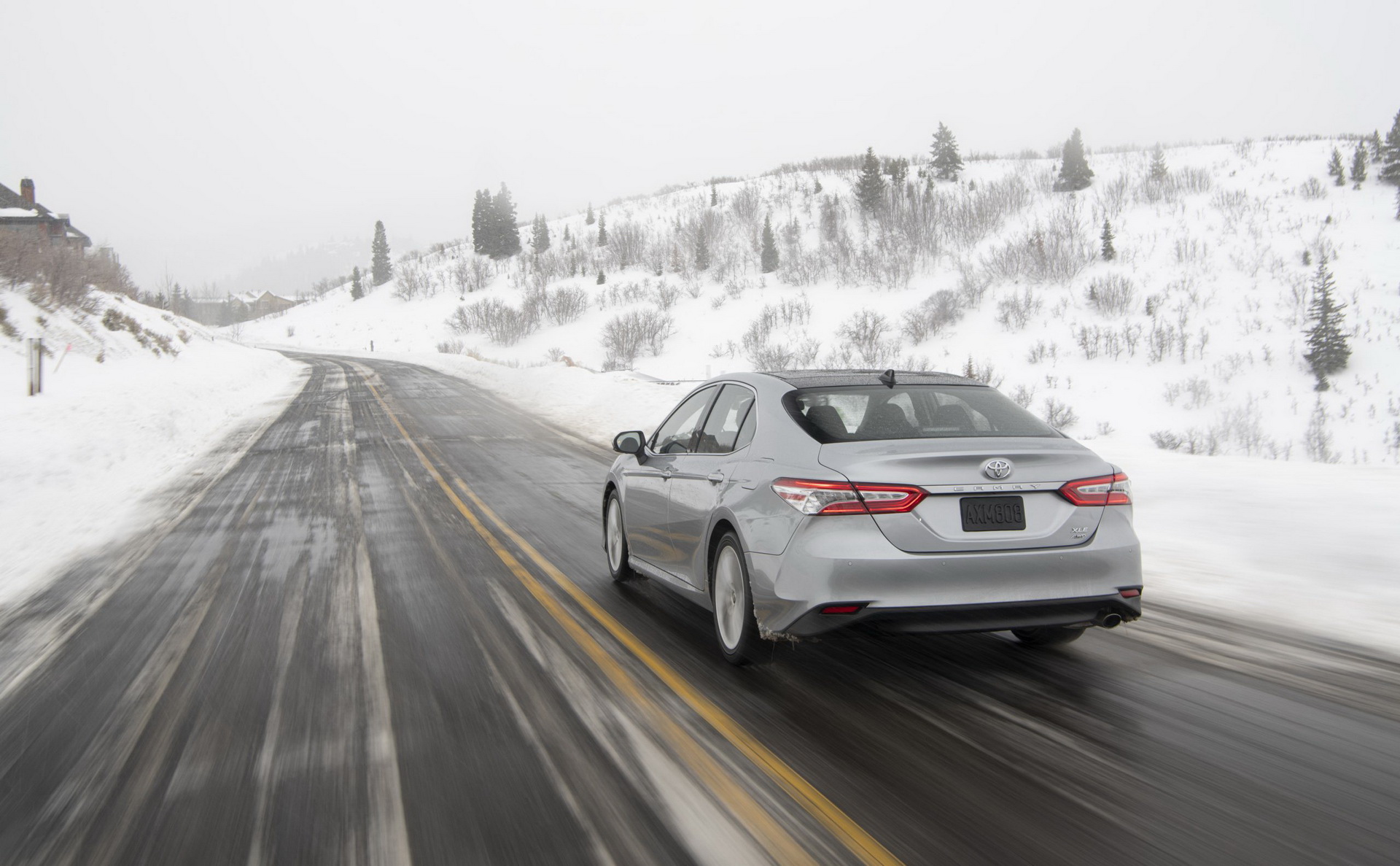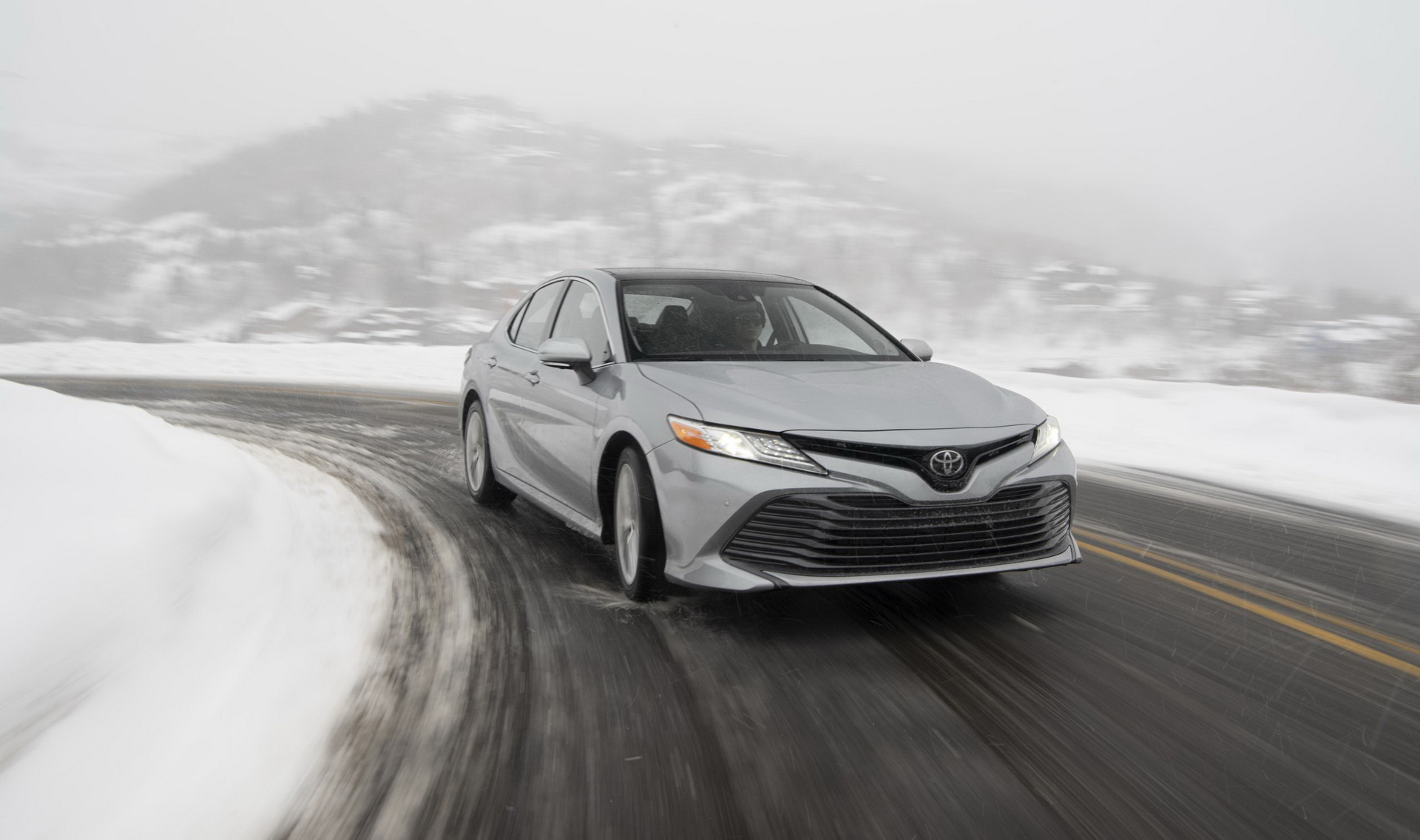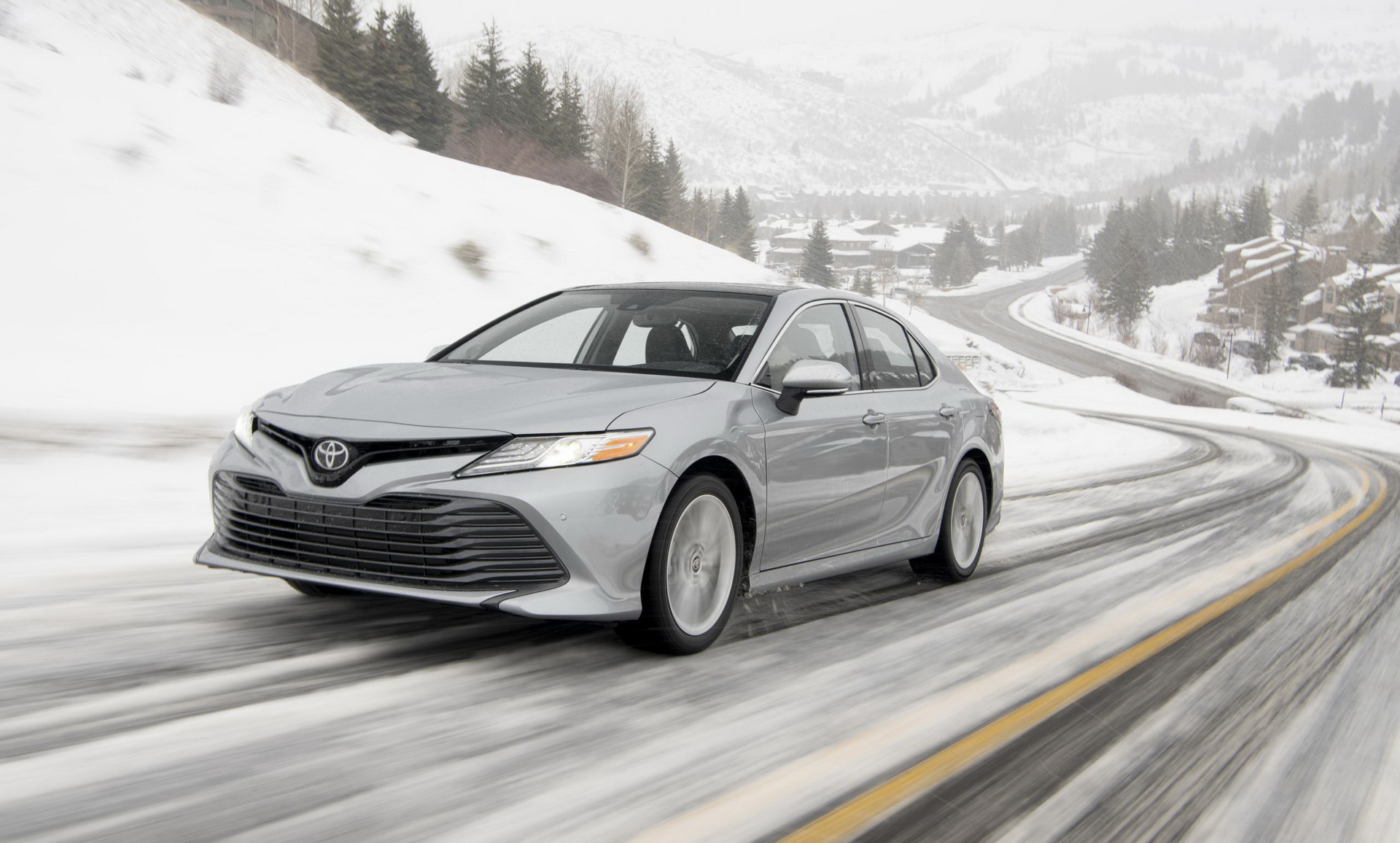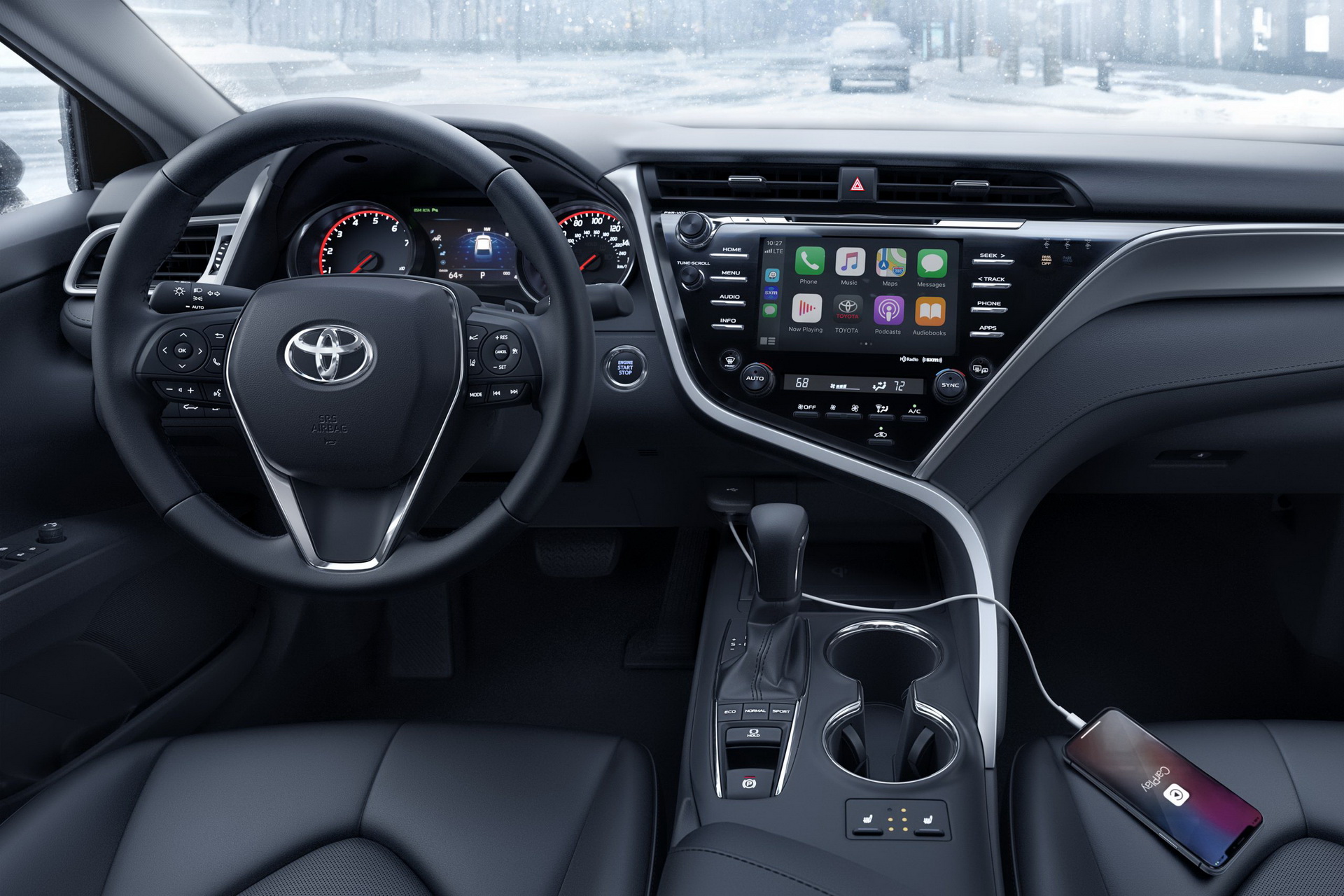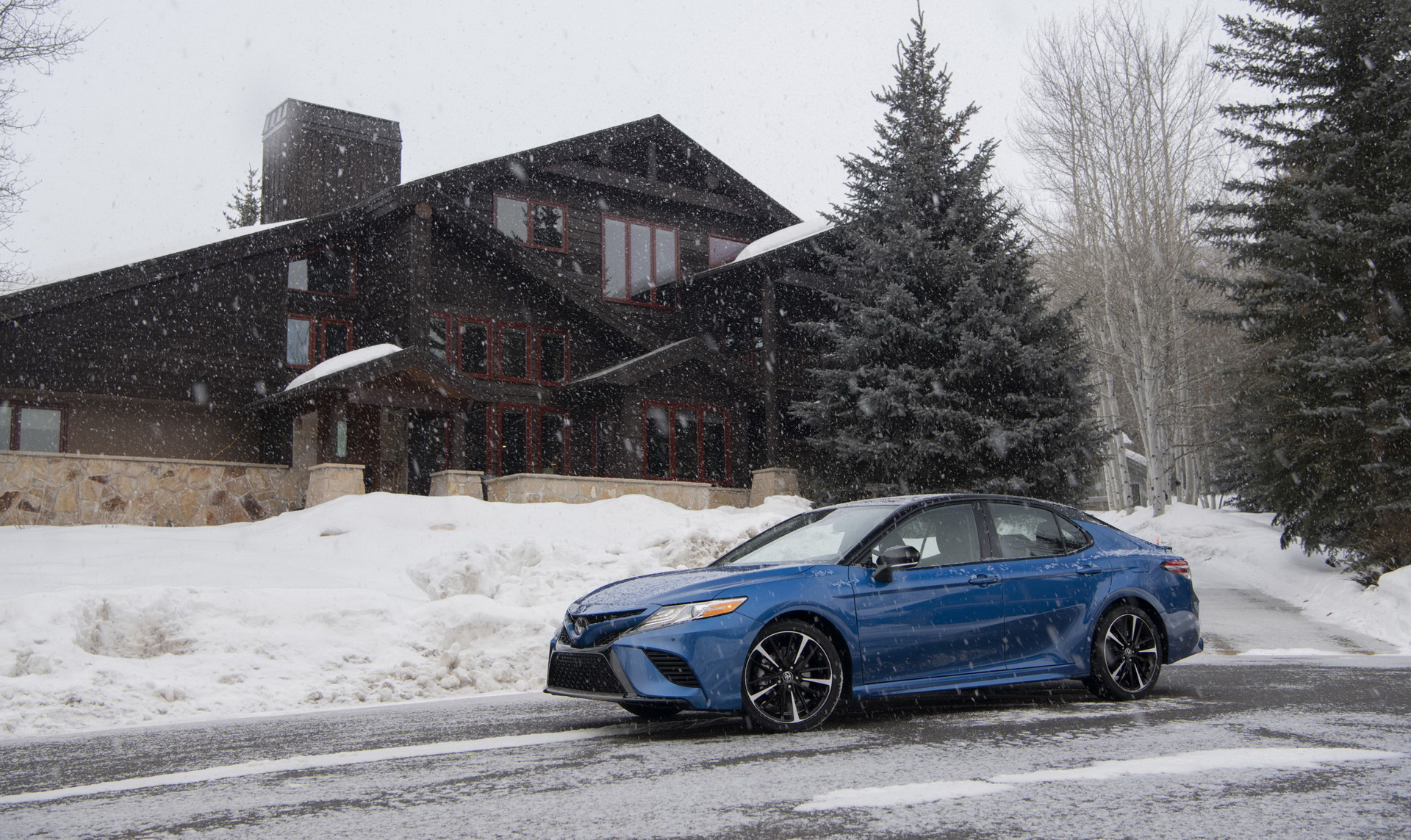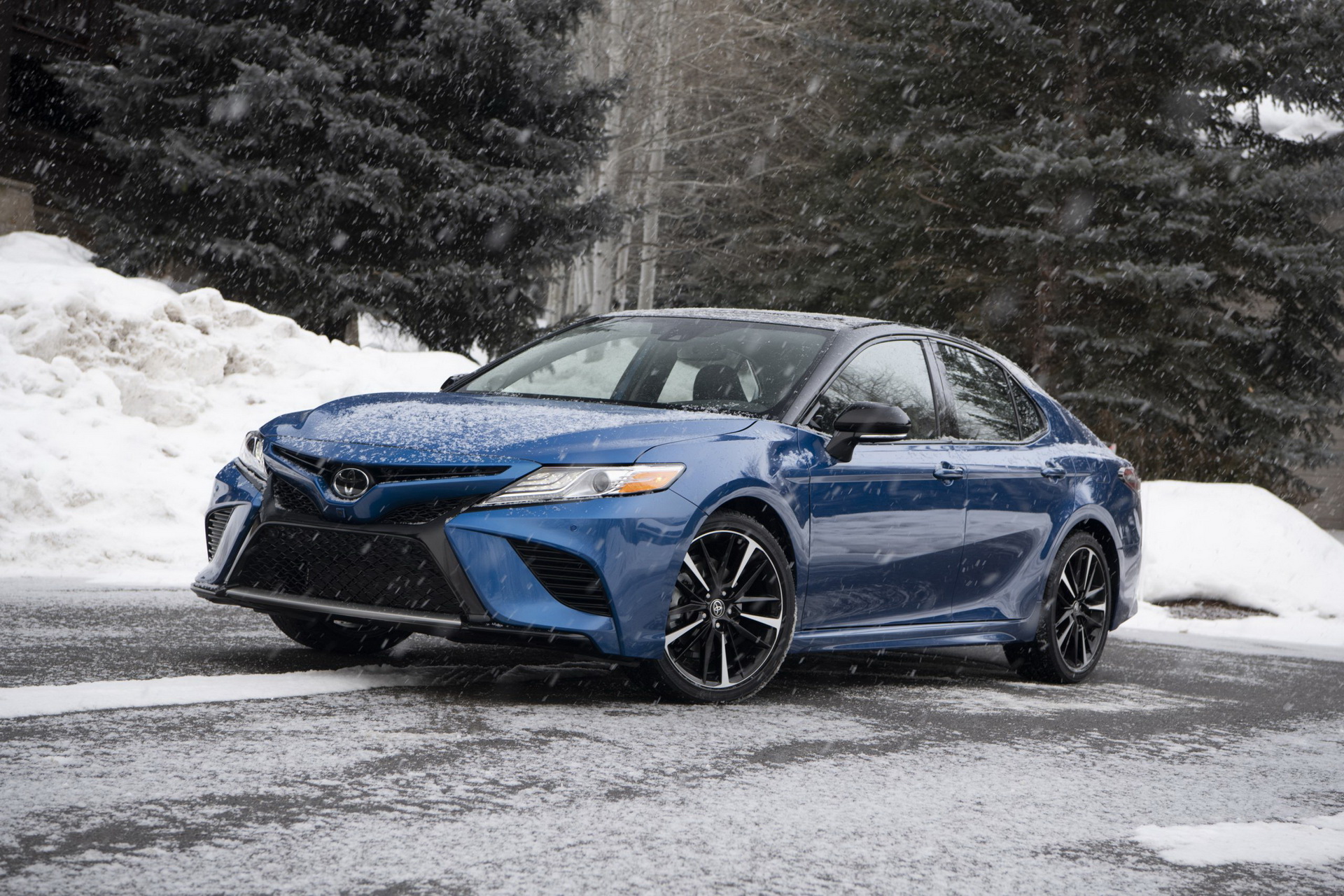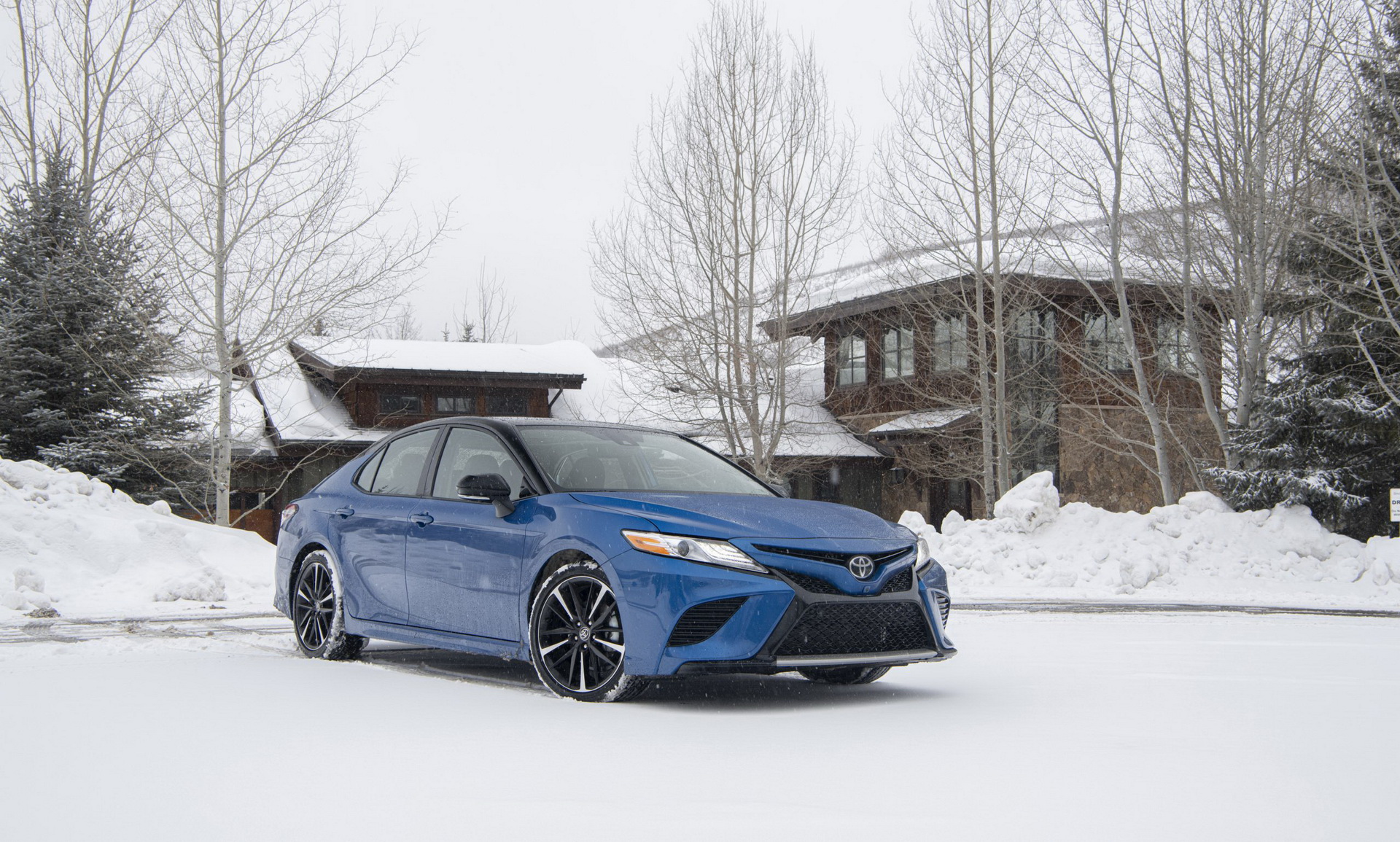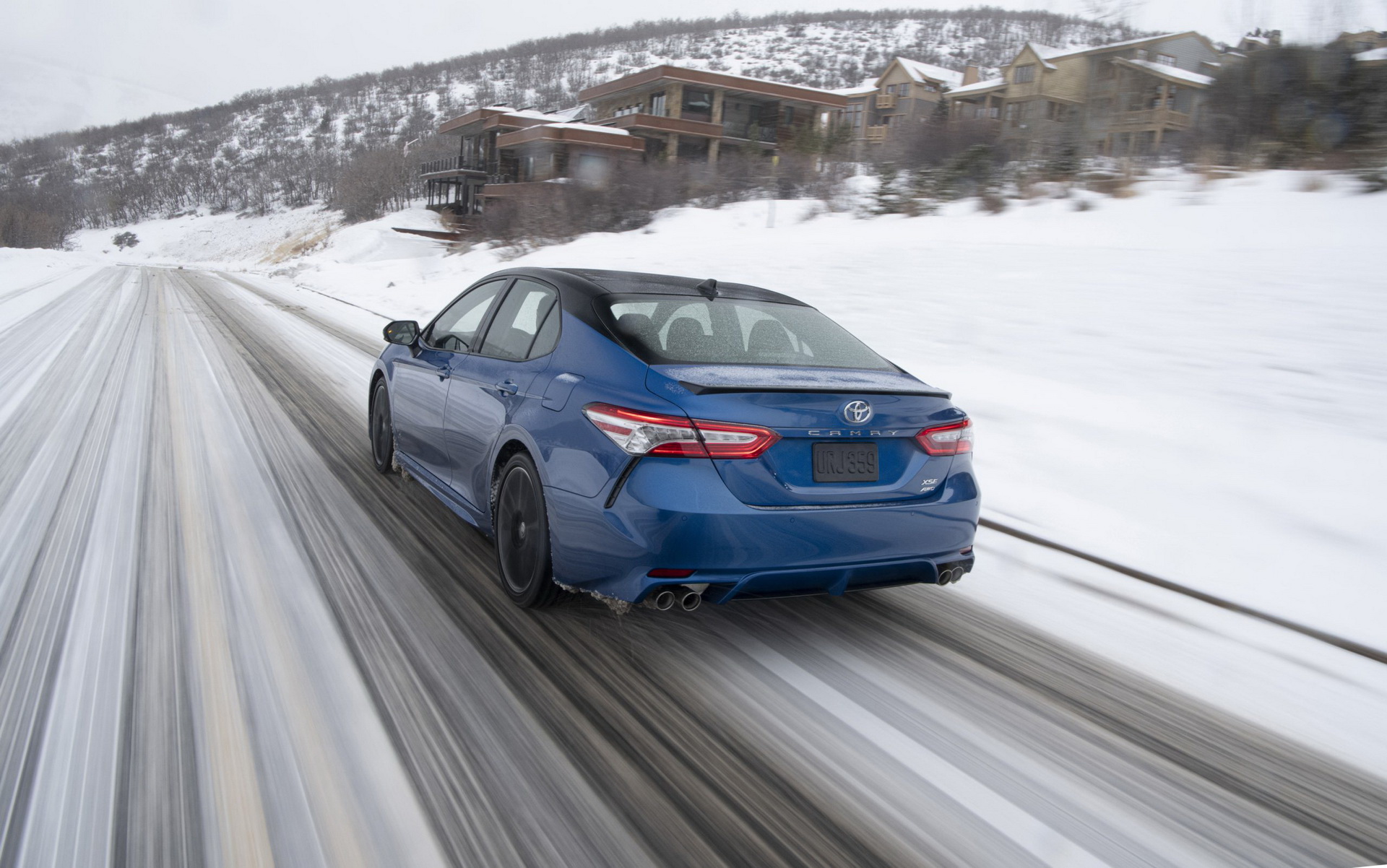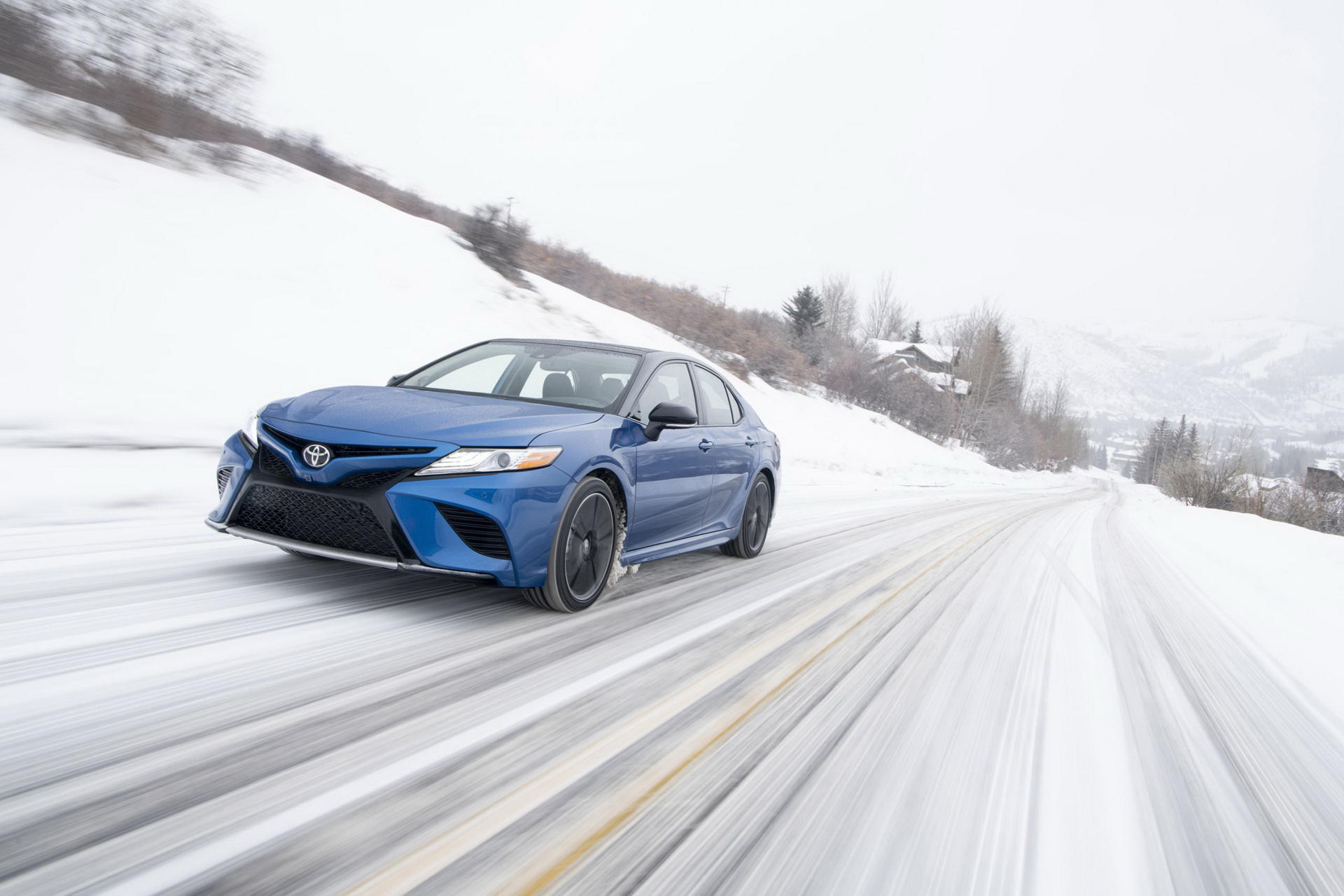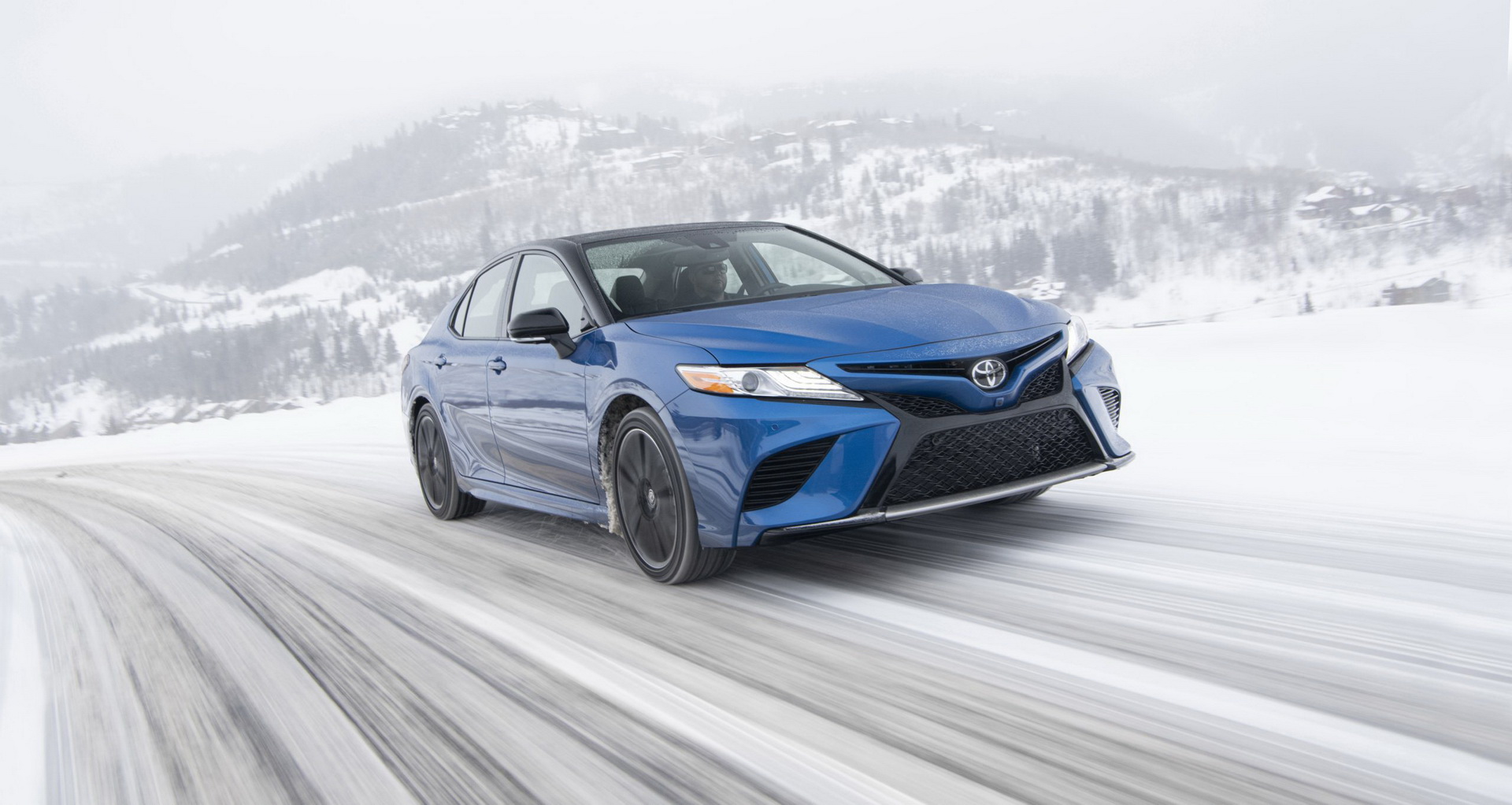Toyota is detailing the new all-wheel drive variants of the Camry and Avalon models in the US market, which will be available as a standalone option on most trim levels.
This is the first time Toyota offers a Camry with all-wheel drive since 1991, and the first-ever Avalon AWD. The option will be available on the Camry LE, XLE, SE and XSE trim levels and on the Avalon XLE and Limited grades.
Read More: 2020 Toyota Camry And 2021 Avalon Gain All-Wheel Drive Versions
Both models feature the latest Dynamic Torque Control AWD system that was first introduced in the RAV4 in 2019; the system can shift up to 50 percent of the torque to the rear axle when it detects slippage on the front wheels while it disengages the rear axle completely when it’s not needed for better fuel economy.
On both models, power is provided by a 2.5-liter four-cylinder engine paired to an eight-speed automatic transmission and producing 202 HP. Go for the Camry XSE AWD however or any of the Avalon AWD models, and you’ll get 3 HP more, at 205 HP, thanks to their dual exhaust.
The 2020 Toyota Camry also offers an EPA-estimated 25/34/29 mpg city/highway/combined, with the XLE and XSE grades being slightly less fuel efficient, at 28 mpg combined. The Toyota Avalon AWD’s EPA-estimated fuel economy figures will be announced closer to its on-sale date.
The new Toyota Camry AWD and Avalon AWD were developed in the U.S. as North America-only models by taking advantage of the flexibility the company’s TNGA platform offers.
Toyota North America’s engineers basically took the engine, transmission, transfer case and rear differential from the RAV4 and combined it with the upper structure of the Camry and Avalon. The RAV4’s rear multilink suspension was also adapted with a few modifications and specific tuning to suit the sedan models while the propeller shaft is a modified item sourced from the new Highlander SUV.
Other changes included some floor structure modifications, the addition of an electronic parking brake and of a saddle-style fuel tank instead of the flat-style tank found in the FWD versions of the Camry and Avalon. Despite the floor modifications, the two models feature the same rear seat hip point height as the Camry and Avalon Hybrid while the trunk floor height remains the same as in the FWD versions.
The addition of the AWD drivetrain to the Camry means there’s a small 165 lbs weight penalty over the Camry FWD while the Avalon AWD’s weight is similar to that of its V6 FWD siblings.
The first examples of the 2020 Toyota Camry models will arrive at dealerships in early spring. All AWD trim levels will be offered with an optional Cold Weather package that adds heated seats and mirrors on the LE, heated seats, mirrors and steering wheel on the SE, and heated steering wheel on the XLE and XSE. The Toyota Avalon AWD will be introduced as a model year 2021 that will go on sale this fall.




